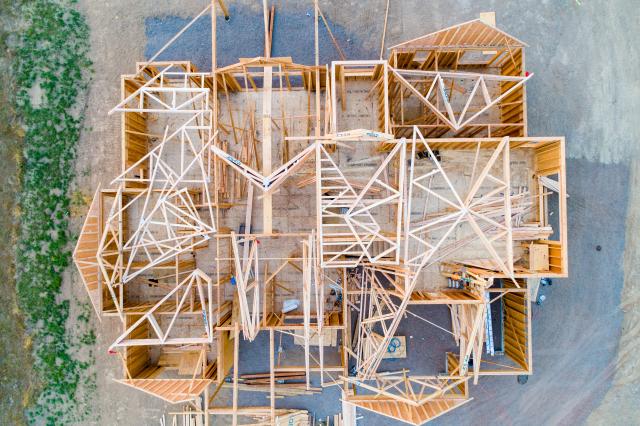How Modular & prefabricated building practices are changing the construction industry
October 30, 2019Material and workforce costs continue to rise in the construction industry. A single eight-foot long two by four costs about two dollars. Multiply that out and just one small element of a construction budget can quickly skyrocket.
One way construction managers are working to reduce costs is through the integration of modular and prefabricated building elements. Prefab elements are built in factories and later transported to the construction site.
“When done correctly, off-site construction can benefit a project’s schedule, budget and skilled labor requirements,” reports Julia Bunch in Forbes/Bisnow.
For construction projects with a number of consistent spaces, such as hotels, hospitals, or dorms, prefab building elements should be considered. In 2017, Marriott International reported that they planned to integrate modular design into 50 hotel deals.
“Unlike traditional methods, this process avoids time-consuming challenges that can delay construction such as skilled labor shortages and poor weather,” the Marriott press release reported.
Skilled labor shortages are one of the largest driving factors in the increase in use of prefab and modular construction.
“During the last recession, many skilled laborers left the construction industry and did not return, Modular Building Institute Executive Director Tom Hardiman stated in Forbes.
Labor shortages are often localized. Prefab construction allows for factories to be built in areas where there is a labor force available. The factories also allow for a safer workspace than construction sites and provide a greater level of control over the final product. Materials built inside a factory aren’t subject to the elements while being constructed.
While there are many benefits to prefab construction, use of modular elements lessens the flexibility in design. Last minute changes to the location of a window or addition of an overhead light fixture cannot happen once building has begun.
Overall, Hardiman sees prefab building elements as more efficient and less wasteful, using the automotive industry as an example of how prefabrication has become the norm. “No one would question how we build cars today. It would be comical to have all the parts delivered to your driveway with a dozen workers to build it.”
Capitol students studying construction management are introduced to various construction methods and materials to best prepare them for integrating the latest construction technologies available, including CM-301 Construction Project Management, which covers construction procedures and administration processes using the latest construction management technologies and methods.
To learn more about Capitol’s degree programs in Construction Management and Critical Infrastructure, contact admissions@captechu.edu.



